In today’s digital world, content marketing is one of the most effective ways to engage with your audience, establish brand identity, and build authority in your industry.
Content marketing involves creating and distributing valuable, relevant, and consistent content to attract and retain a clearly defined audience. In this blog, we will discuss seven popular content types and how to use them effectively.
Learn More About Content Marketing And Digital Marketing Course
Table of Contents
Different Content Types are:
Blog Posts
Blogging is one of the most popular forms of content marketing. Blog posts provide a platform for businesses to share their expertise, knowledge, and opinions with their audience.
Blogging also helps drive traffic to your website, improve SEO, and establish your business as an authority in your industry.
To create effective blog posts, it is important to understand your audience’s interests and needs, provide value, and optimize your content for search engines.

When creating blog posts, it is important to start with a clear and concise title that accurately reflects the topic of the post.Your blog post should also include a well-written introduction that hooks your readers and gives them a reason to keep reading.
Use subheadings to break up your content and make it easier to read. Use short paragraphs, bullet points, and images to make your blog post visually appealing and easy to read.
Infographics
Infographics are visually appealing and engaging content types that can help businesses convey complex information in an easy-to-understand format.
Infographics can be used to explain processes, illustrate statistics, or provide comparisons. When creating infographics, it is important to keep them simple, visually appealing, and easy to read.
It is also important to promote your infographics on social media and other channels to increase their reach.

When creating an infographic, start by choosing a topic that is relevant to your audience.
Identify the data and information that you want to convey and organize it in a way that is easy to understand. Use visual elements such as charts, graphs, and icons to make your infographic visually appealing.
Make sure to include your branding elements such as your logo and website URL on your infographic.
Videos
Video content is becoming increasingly popular in content marketing. Videos can be used to showcase products, provide tutorials, share stories, or offer insights.
When creating videos, it is important to keep them short, engaging, and informative. It is also important to optimize your videos for search engines and promote them on social media and other channels.

When creating videos, start by identifying your target audience and the message that you want to convey.
Choose a format that suits your message, such as a product demo or a customer testimonial.
Use high-quality equipment to ensure that your videos are visually appealing and easy to watch. Make sure to include a call to action at the end of your videos to encourage viewers to take action.
Learn More about Video Marketing
Ebooks
E-books are comprehensive and detailed content types that provide businesses with an opportunity to showcase their expertise in a particular subject. E-books can be used to educate, inform, and entertain your audience.
When creating e-books, it is important to focus on a particular topic, provide high-quality content, and promote them on social media and other channels.

When creating an e-book, start by identifying a topic that is relevant to your audience and your business. Research your topic thoroughly and organize your content in a logical and easy-to-read format.
Use images and graphics to make your e-book visually appealing. Make sure to include a table of contents, a glossary, and a call to action at the end of your e-book.
Whitepapers
Whitepapers are in-depth, authoritative reports that offer solutions to a specific problem or issue. They are typically used by businesses to establish their expertise in their industry and to provide valuable insights to their audience.
Whitepapers can be used to address complex issues, provide research findings, or offer solutions to common problems.
When creating a whitepaper, it is important to choose a relevant topic and conduct thorough research to support your claims.
Use data and statistics to make your whitepaper more compelling and credible. Organize your whitepaper into sections or chapters that are easy to read and understand.
Use visual elements such as charts, graphs, and tables to help illustrate your points and make your whitepaper more engaging.

Whitepapers should be well-written and easy to read. Avoid using jargon or technical language that may be difficult for your audience to understand.
Use clear, concise language and avoid long paragraphs or sentences. Make sure to include a conclusion that summarizes your main points and provides recommendations or solutions to the problem at hand.
Overall, whitepapers can be an effective way for businesses to establish their authority in their industry and offer valuable insights to their audience.
By creating high-quality, well-researched whitepapers and promoting them on social media and other channels, businesses can attract and retain their audience and establish themselves as thought leaders in their industry.
Case Studies
Case studies are detailed examinations of a specific situation, problem, or event.
They are used by businesses to showcase their expertise, highlight their success stories, and provide valuable insights to their audience.
Case studies typically follow a specific format that includes an introduction, background information, the problem, the solution, the results, and a conclusion.

When creating a case study, start by choosing a customer or project that represents your business’s success. Gather as much information as possible, including the customer’s background, the problem they were facing, and the solution you provided.
Use data and statistics to support your claims and show the effectiveness of your solution. Make sure to include quotes from the customer and use visual elements such as images and graphs to make your case study more engaging.
Webinars
Webinars are live, interactive events that allow businesses to engage with their audience in real time. Webinars can be used to educate, inform, and entertain your audience. They can be used to showcase products, provide training, or offer insights.
When creating webinars, it is important to choose a relevant topic, promote them well in advance, and engage with your audience during the event.

When creating a webinar, start by choosing a topic that is relevant to your audience and your business.
Choose a date and time that works for your audience and promote your webinar on social media and other channels.
Use engaging visuals such as slides and videos to keep your audience interested. Make sure to interact with your audience by answering questions and addressing their concerns.
Conclusion
In conclusion, there are many different content types that businesses can use to engage with their audience and establish their brand identity.
Each content type has its own strengths and weaknesses, and it is important to choose the content type that best suits your business’s goals and audience.
By creating high-quality, engaging content and promoting it on social media and other channels, businesses can attract and retain their audience and establish their authority in their industry.




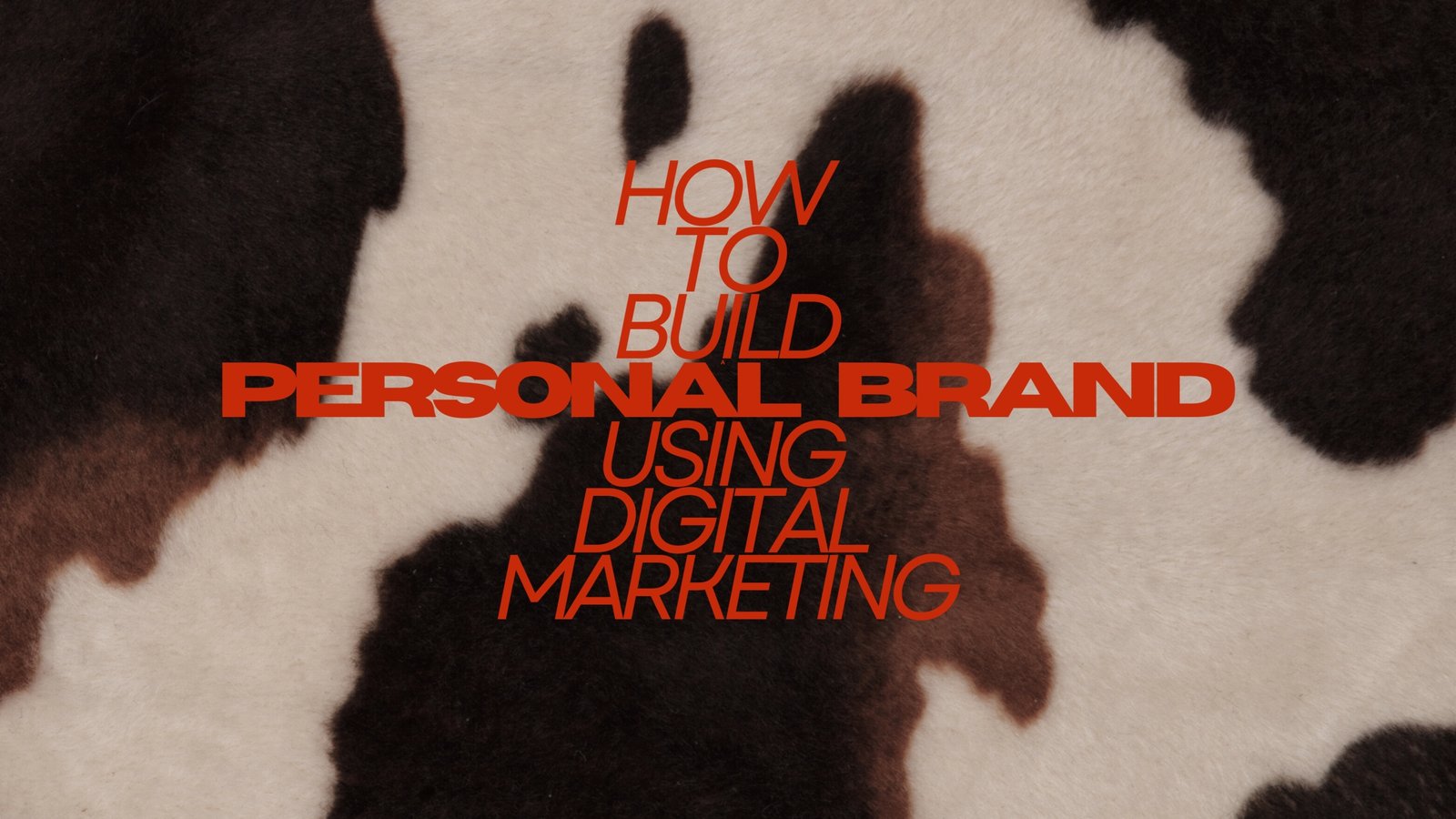
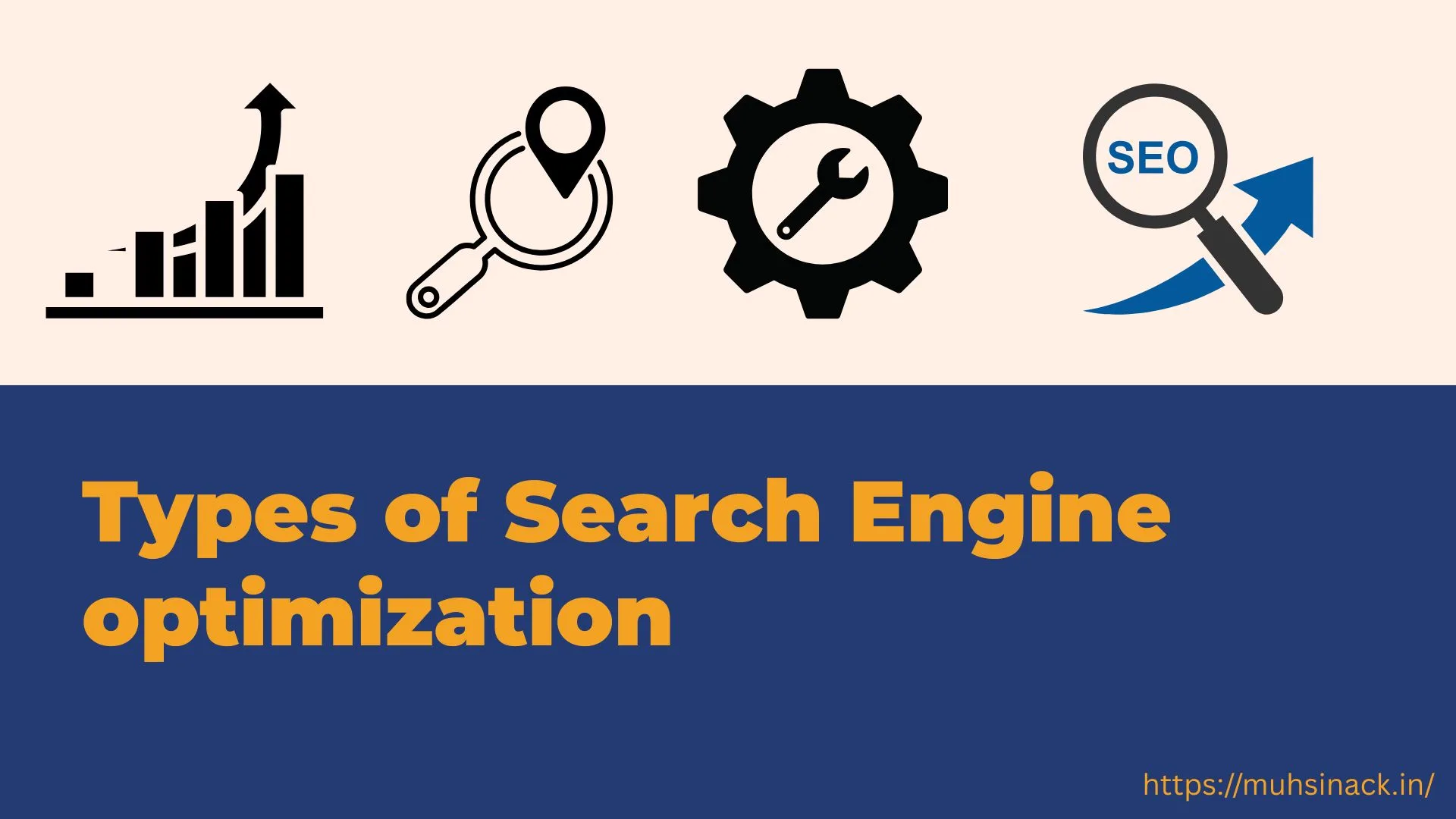
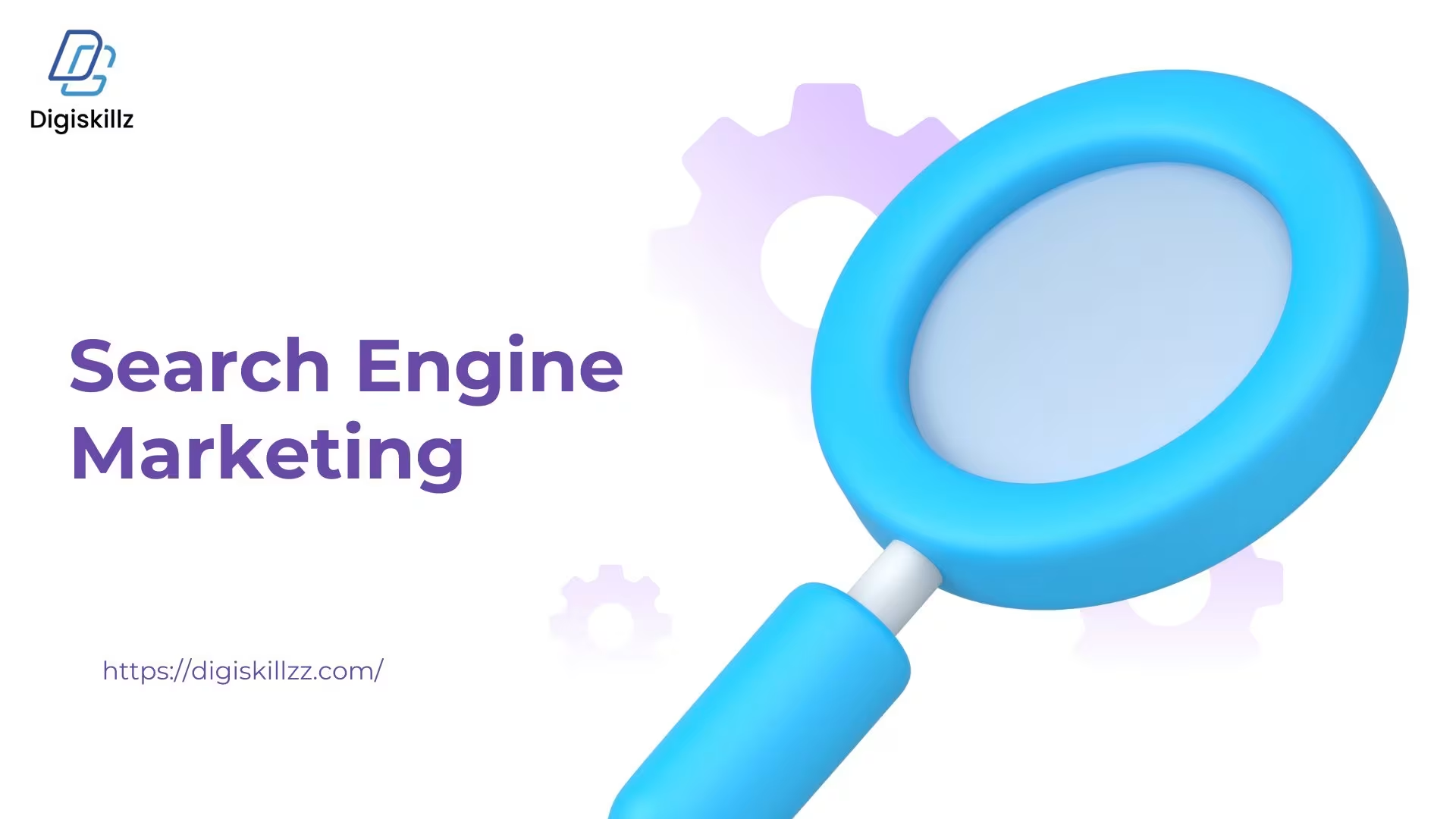



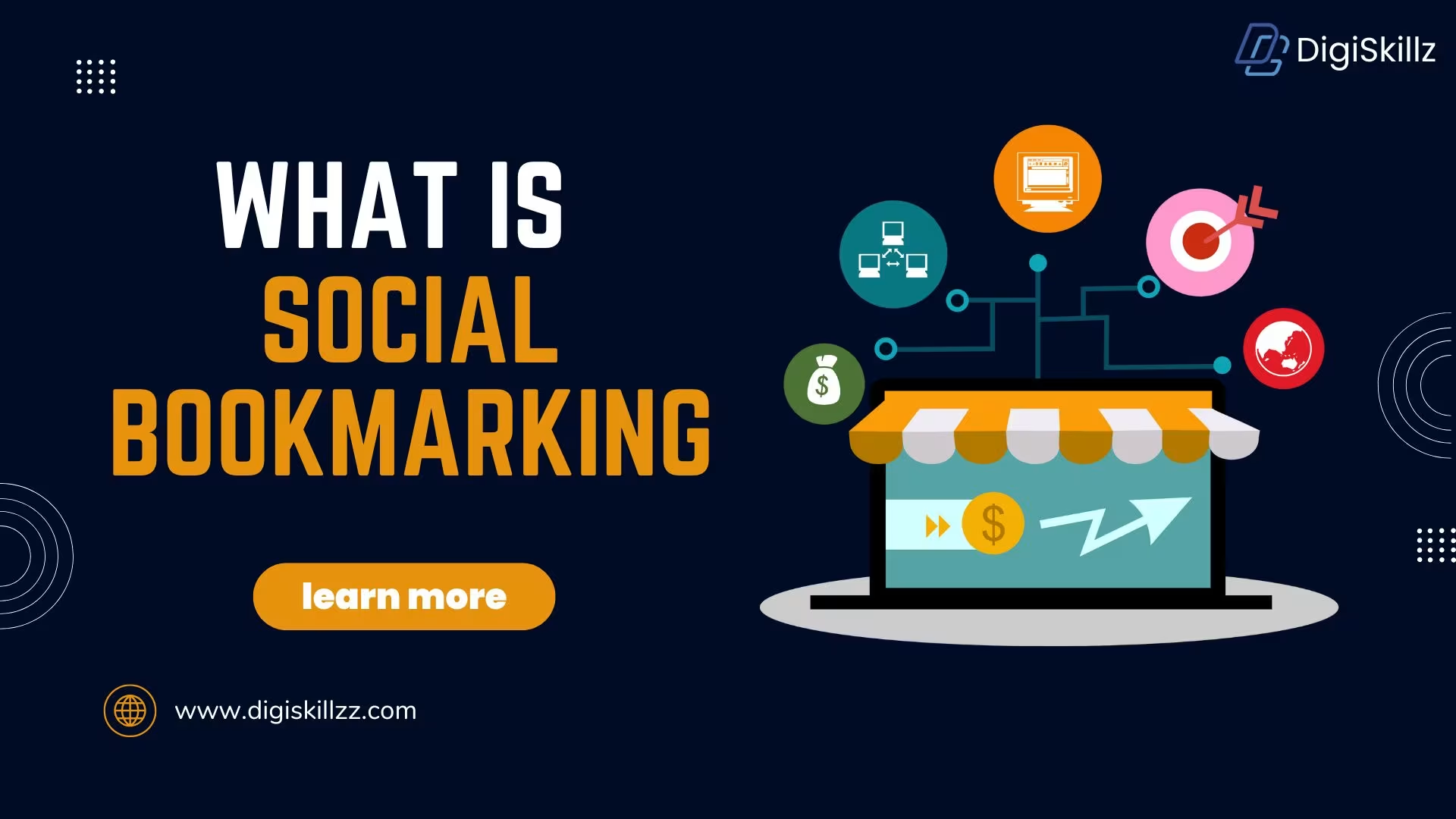
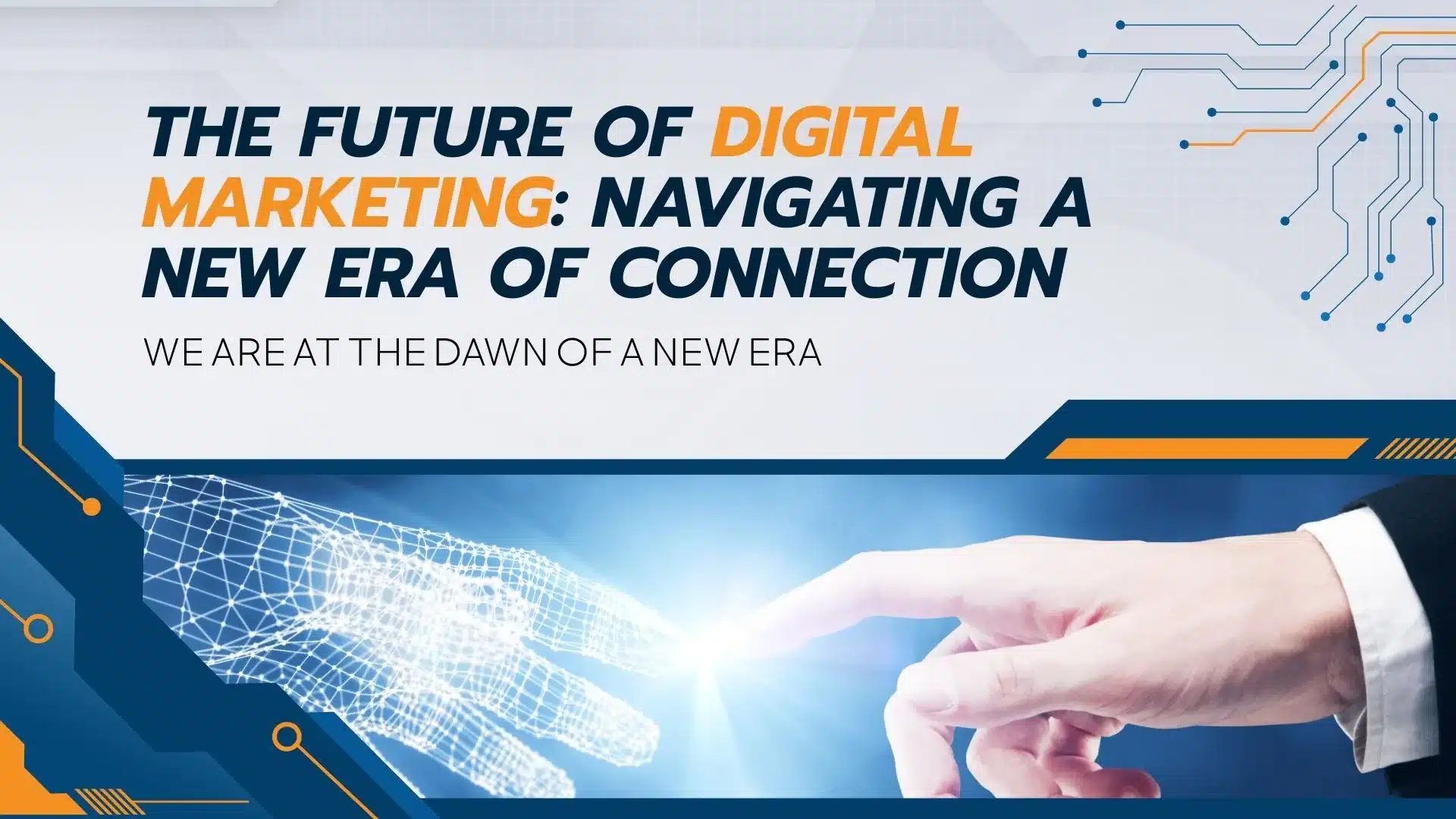
Leave A Comment